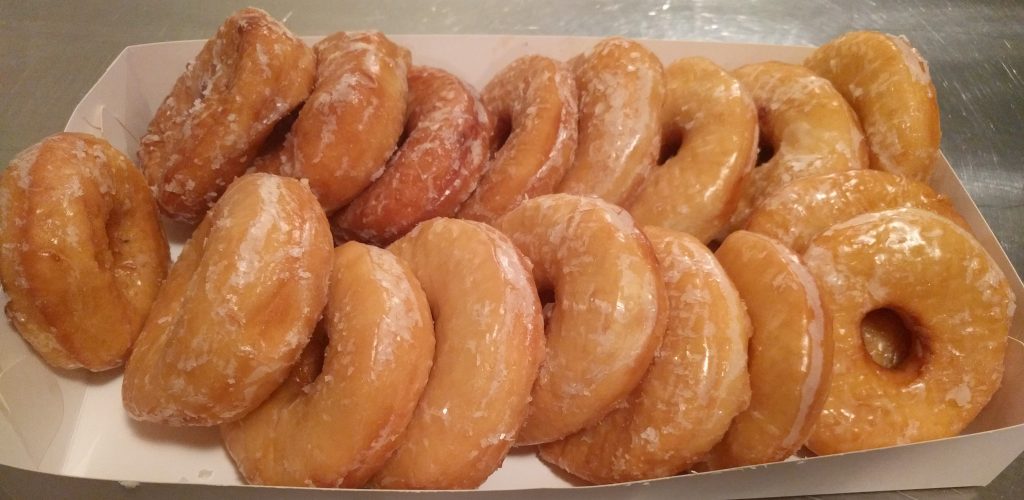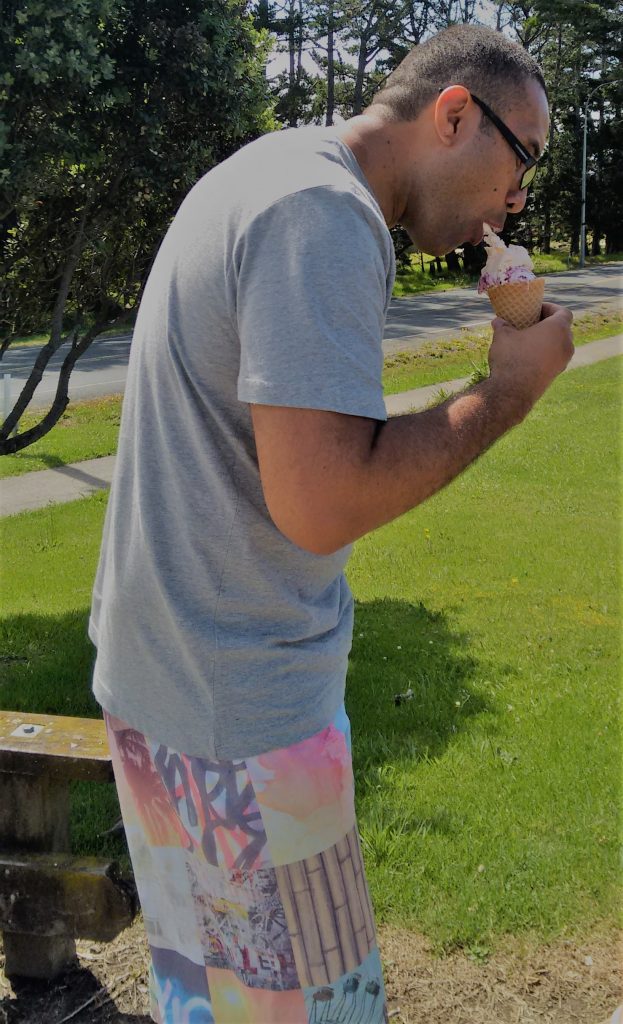Discovering The Keto Diet
Light Bulb Moment
In my initial search, I never came across or discovered the keto diet. Instead Google listed the DASH, Paleo and Atkins diets. Each of which I had heard of, and knew of their positives and negatives. Rather than just provide programs and recipes, I was looking for a diet that could provide sound information and facts to back it up. Although those diets were well recognised and had their separate focus areas I was probably leaning towards the Atkins diet.
Then somehow, I stumbled across the following Youtube video by Dr Berg about how to lose body fat:
To me this was an amazing eye opener. Dr Berg pretty much explained how we gain weight due to the hormone insulin which triggers fat storage in our bodies. Dr Berg used physiology to explain how our bodies were converting excess sugars into fat and how it was being stored around our stomach. Due to the western diet, I was consuming ridiculous amounts of sugars and carbohydrates. The following video from Dr Berg is a more recent video which illustrates this really well:
This was my ‘light bulb’ moment. This was the answer I was looking for! A scientific answer explaining how the foods we eat causes our bodies to store fat. I realised that all the exercise I was doing was helping my body to only utilise some of the excess sugar in my body. My diet was still filled with so much sugar and carbs, exercise could only do so much to stem the tide of sugar being converted to fat.
Foods I Ate Were The Problem

All my life I was eating foods that had way too much sugar and carbohydrates. For example, these were some of my favourite foods:
- Pizza
- Hungry Jack’s Fiery Angus Burger or any big burger meals
- KFC – everything
- Fresh bread
- Fresh cream donuts
- Donuts
- Vietnamese pork rolls
- Vanilla slice
- Danish pastries
- Fresh cream chocolate eclairs
- Chunky steak and cheese pies
- Bacon and egg pies
- Pancakes
- BBQ ribs
- T-Bone Steaks
- Rolled oats porridge with butter, milk and honey
- Chocolate or cookies and cream thick shakes
- Boysenberry ice cream
- Soft drinks
For me, I love bread-based foods and it was almost a guarantee that I would have something from this food group everyday.

Now that I look back, my weight loss problems were really food related. This explains the reason behind my weight yo-yoing between 90 to 100kg, it was fluctuating due to the foods I was eating. Even trying to decrease the frequency and portion sizes of my meals was a waste of time because the sugar and carbs in the foods I was consuming were still way too high.
Hungry To Learn More
Wanting to learn more I watched a lot of Dr Berg’s videos. Then I wanted supporting opinions from other sources on the internet. Yeah I know, probably not the greatest source of facts but I wanted a quick way to confirm the merits of keto. I came across Thomas DeLaurer a herculean fitness model. He loves posing for his videos but he has lost a tonne of weight and loves researching in detail the science of healthy living. Next was naturopath Dr Axe who also does a nice job of summarising the details of keto. Jason Wittrock is another fitness model who shares his views on the keto diet and shares how it works in combination with his workout routines.
Alright, I now knew the foods I was eating were the problem but what foods am I supposed to eat? After binge watching a lot of keto Youtube videos, the answer to my question lay within the ketogenic diet and intermittent fasting.
The following videos and websites really helped me to understand what keto and intermittent fasting was about:
-
Keto And Intermittent Fasting: The Big Overview For Beginners – Dr Berg
-
Before and After with Allen Rogers – Dr Berg
-
What is a Ketogenic Diet – Dr Axe
-
Ketosis and Intermittent Fasting – Thomas Delaurer
-
Top 5 Keto Mistakes – Jason Wittrock
-
Full Day of Eating – Jason Wittrock
These were just a sample of the resources that I have read or watched. There have been many more since then to answer additional questions I had about keto. Whether for good or bad, all the keto resources I used were mainly sourced from Youtube and a handful of websites.
What Did I Learn?
From my research, I learnt that keto in short was a low carb, moderate protein and high fat diet. The total opposite of everything that I had learned over all these years. As a result, this tore apart everything I knew about the traditional western world food pyramid. Fatty cuts of meat are in, lean meats are out, cheese is in, milk is out, salt is essential, sugar is dangerous, green leafy vegetables are a must, starchy vegetables are not, bacon and eggs are fine, toast and baked beans are not, wheat flour is out but coconut and almond flour are better alternatives, and the list of ins and outs go on.
My first reaction was how am I going to survive without bread and sugar? Nearly everything I ate included one of these items. This was going to be a massive struggle to cut these out completely and it would require some major discipline. On a positive note, I could still consume meat, eggs and use alternative sweeteners like stevia and xylitol.
Intermittent Fasting
It’s important to add, I also incorporated intermittent fasting with the ketogenic diet. From the research I uncovered I felt that intermittent fasting was essential for me to maximise the full potential of the keto diet. The reason being is that keto based foods don’t spike the body’s sugar levels. Eating any food triggers insulin and in the presence of insulin, our bodies struggle to burn fat. Therefore, the rate at which your body burns fat for energy is affected by the frequency at which you eat throughout the day.
Intermittent fasting is like a turbo booster to the keto diet. It helps to limit the release of insulin in between meals and allows your body to utilise body fat for fuel. The concept sets up windows for eating during the day as opposed to eating your regular three meals and snacking in between. Remember when you eat your body won’t burn body fat but store it instead because insulin is present. The idea of intermittent fasting is to only eat 2-3 meals at certain times of the day with no snacking in between. Dr Berg does an excellent job of illustrating how intermittent fasting works and how it should be implemented:
After two weeks of research and preparation, I kicked off living the ketogenic diet coupled with intermittent fasting. On September 18, 2017 I did some ‘before’ weight and measurements. I weighed in at 99kg with my waist at 92cm.
Click here to read how I started and maintained the ketogenic diet.